“My clicks were just echoing around the room”
We chatted to Helen Murray about becoming a theatre photographer, the importance of community and building a clan, and on her recent photo series Our Empty Theatres— which took her behind the doors of theatres around the country, mid-lockdown.
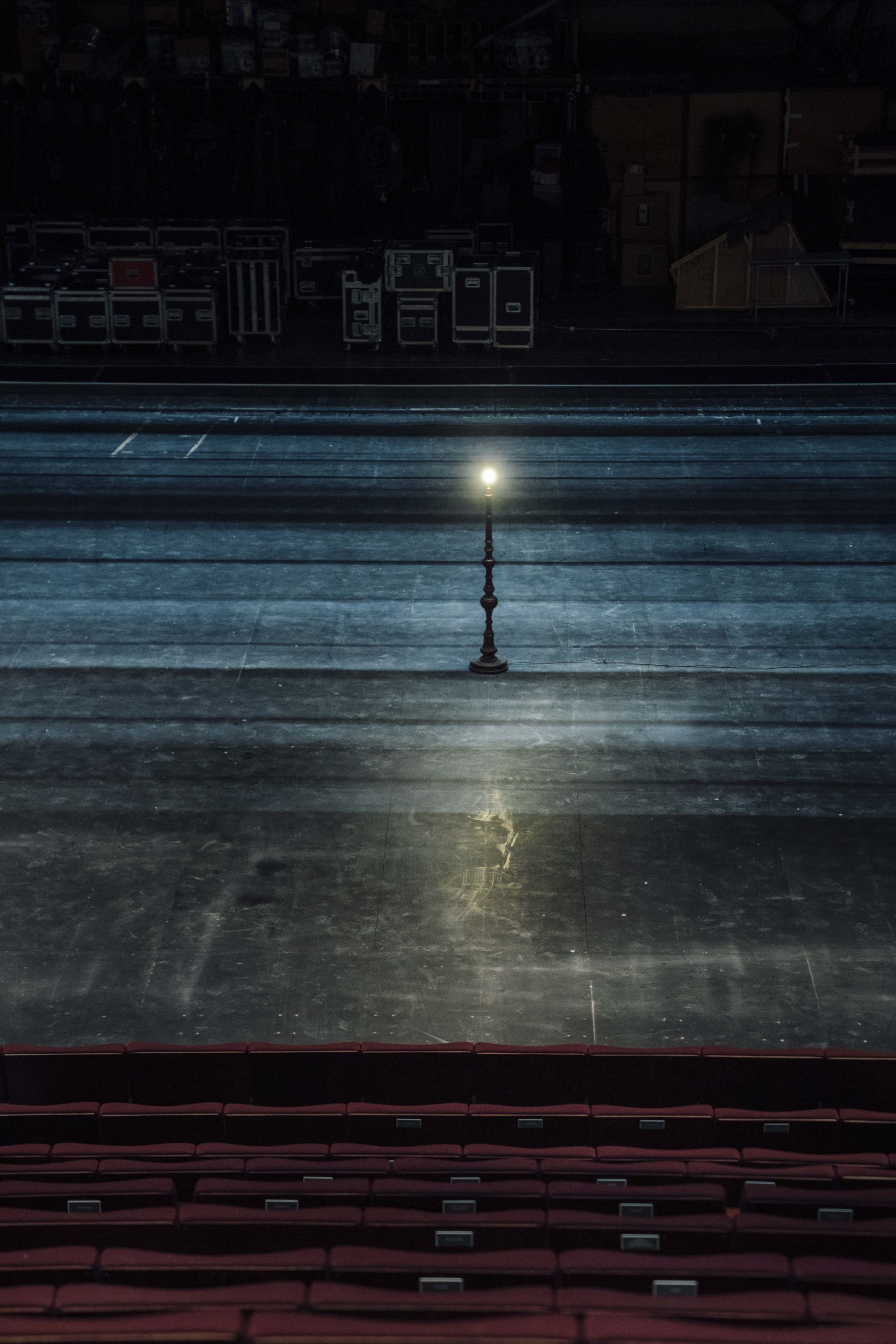
Leeds Playhouse
The arts, according to Zadie Smith in her recent book Intimations, have always been considered “a sort of charming but basically useless playpen, in which adults get to behave like children – making up stories and drawing pictures and so on – though at least they provide some form of pleasure to serious people, doing actual jobs.”
Writing in her usual tongue-in-cheek voice, back in the early months of lockdown (long before any of us knew where Barnard Castle was), Smith highlighted what would become a huge topic of public discussion— the changing place of art in our society, as a result of the pandemic. “Now there are essential workers,” she wrote, “whose task is vital and unrelenting – and there are the rest of us, all with a certain amount of time on our hands.”
Sometimes it feels like that division— between ‘essential’ and ‘non-essential’, necessity and luxury— has become a kind of tourniquet around the creative industries. The need to justify art, the ‘moral anxiety’ (as Smith puts it) around how we now spend our time, has wrought huge damage on theatre in the UK, and the ecosystem of individuals who make it up.
When she set out to shoot the photo series Our Empty Theatres, Helen Murray felt none of that moral anxiety.
“I just really needed, for my soul, to just… start taking photographs again”, she said as we chatted over Zoom. “Basically, all my jobs were cancelled, and I had a couple of weeks where I was just in panic mode […] I wanted to do something that responds to the lockdown, in a way, [and the fact that theatres] were closed, and what a huge momentous time in history that was. And so I was like, ‘Actually, it might be quite cool to document that.’”

The Lyric Hammersmith
What started as an attempt to capture theatres in the state they’d been left in at the end of March, however, turned into a rare example of how “photography, like theatre, has an incredible power to make you feel” (as she says in the introduction to the series). Over the course of two months, Murray photographed 22 theatres around the country, from Battersea to Liverpool. Having started with Soho Theatre, and the Bush Theatre, more and more venues quickly became involved, inviting her to roam their empty halls and explore their backstage areas.
She found meal deal wrappers discarded on disused tech tables, props half-packed into storage boxes, chairs strewn around in rehearsal rooms. “Shooting this series has been sobering”, Helen said on her website. “Being met with total silence. No background noise, no chitter chatter, no infectious laughs bellowing out of a rehearsal room, just complete silence.”

The Young Vic
Alongside these images, she started collecting quotes from theatre professionals, in response to the question “What do our empty theatres mean to you?”. In the end, she amassed over 200 responses— from hair and makeup artists, to fight directors, to marketing managers, writers, actors, and more.
As of this morning, 21 of the images are being released as Limited Edition prints, with only fifty of each image available. 10% of the profits of these prints will go towards The Theatrical Guild, the leading UK charity for backstage and front of house workers.
“What I feel most when I see these heart-stopping images isn’t sadness, strangely. I overwhelmingly feel hope. These spaces are waiting for us to return.”
– Playwright James Graham, in response to the photo series
“I was really fortunate to be in a lot of freelancer Zooms during lockdown. So you’re getting to have Zoom times with the Lighting Designers, and Set Designers, and Movement Directors, which you don’t really get to do [normally]— so you’re hearing people’s stories that you don’t really get to hear. So what I wanted to do, to amplify them, was to get their voices [in the series]. That was never what I set out to do, originally, but it was the natural progression of what the piece was, and became.”

An empty Wardrobe room, The Young Vic
There’s huge variety amongst the answers Helen received— from optimistically resolved (“the future is a decision. We can decide to go back to how things were or we decide to go back to a more diverse, more sustainable way of working” – Marty Moore, Production Manager) to grimly simple (“An empty theatre means no work” – Aimee Kember, Actor and Front of House).
When I first saw the series, the response that leapt out at me, and resonated most clearly, was Pasty Ferran’s– “WASTED POTENTIAL”. Now, a few months later, I feel more affinity with Tim Crouch; “An empty theatre is like an empty church.” Neither should have to prove their worth to society, and both only really exist to be a kind of arena for human experience.
Ultimately, what the series proves to me is the obvious need for artists, and art-making, in this historical moment– and it’s a point proven by a wildly talented, freelance, artist. The task of representing these buildings was taken up by someone from outside their doors, and embraced by a huge community of professionals who have been physically and economically displaced by the pandemic.
Sobering? Absolutely.
Originally from Derry, Northern Ireland, Helen moved to London in 2008. She’s worked full-time as a freelance photographer specialising in theatre since 2012, photographing over 250 shows throughout the UK. (Basically, if you’ve been to a major theatre in the UK within the last 8 years, chances are that Helen has photographed a show there.) In addition to live theatre, Helen also shoots commissioned editorial portraits, publicity images and film stills. Her work has appeared in the New York Times, Vanity Fair, Vogue, the Sunday Times and the Guardian. And you’ll know her most recent haunting work, the series Our Empty Theatres, which showed glimpses of 22 theatres around the UK, including Manchester Royal Exchange, the Liverpool Everyman, the Royal Court, the Young Vic, The Lyric Hammersmith, and many more.
Make sure to check out Our Empty Theatres, and the Limited Edition series of prints now available on Helen’s website. Follow her on Twitter and Instagram, to keep up to date with more of her work.

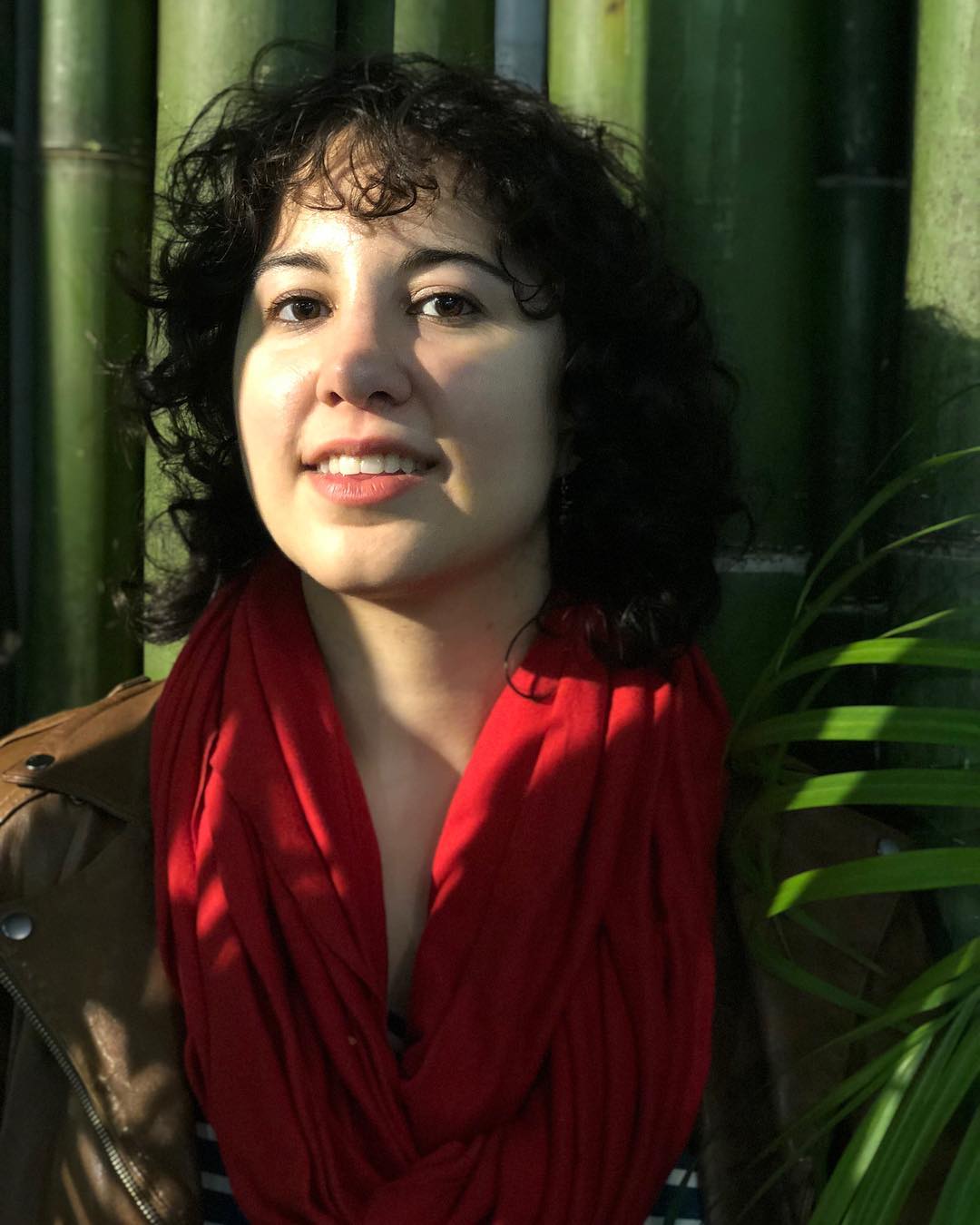
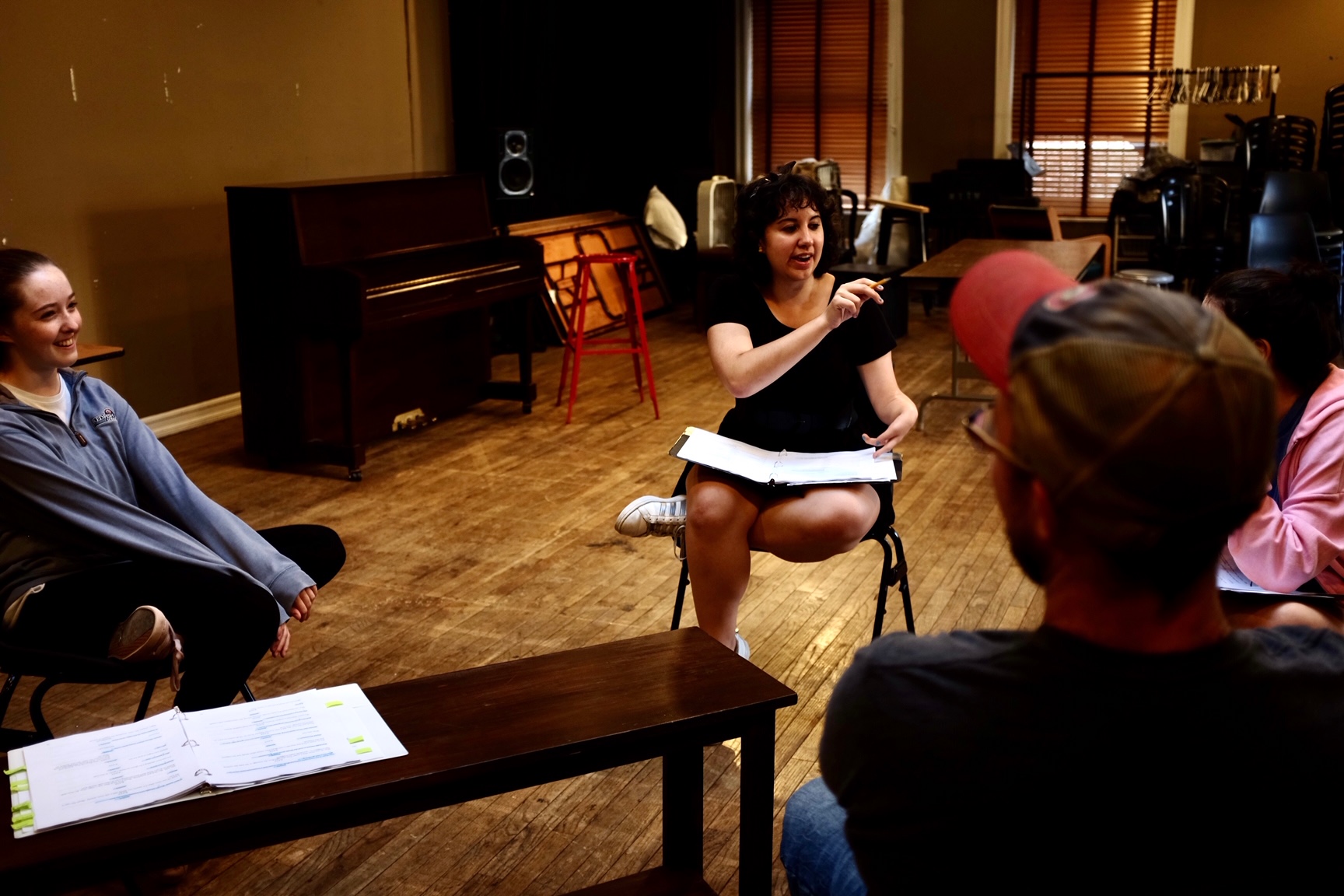
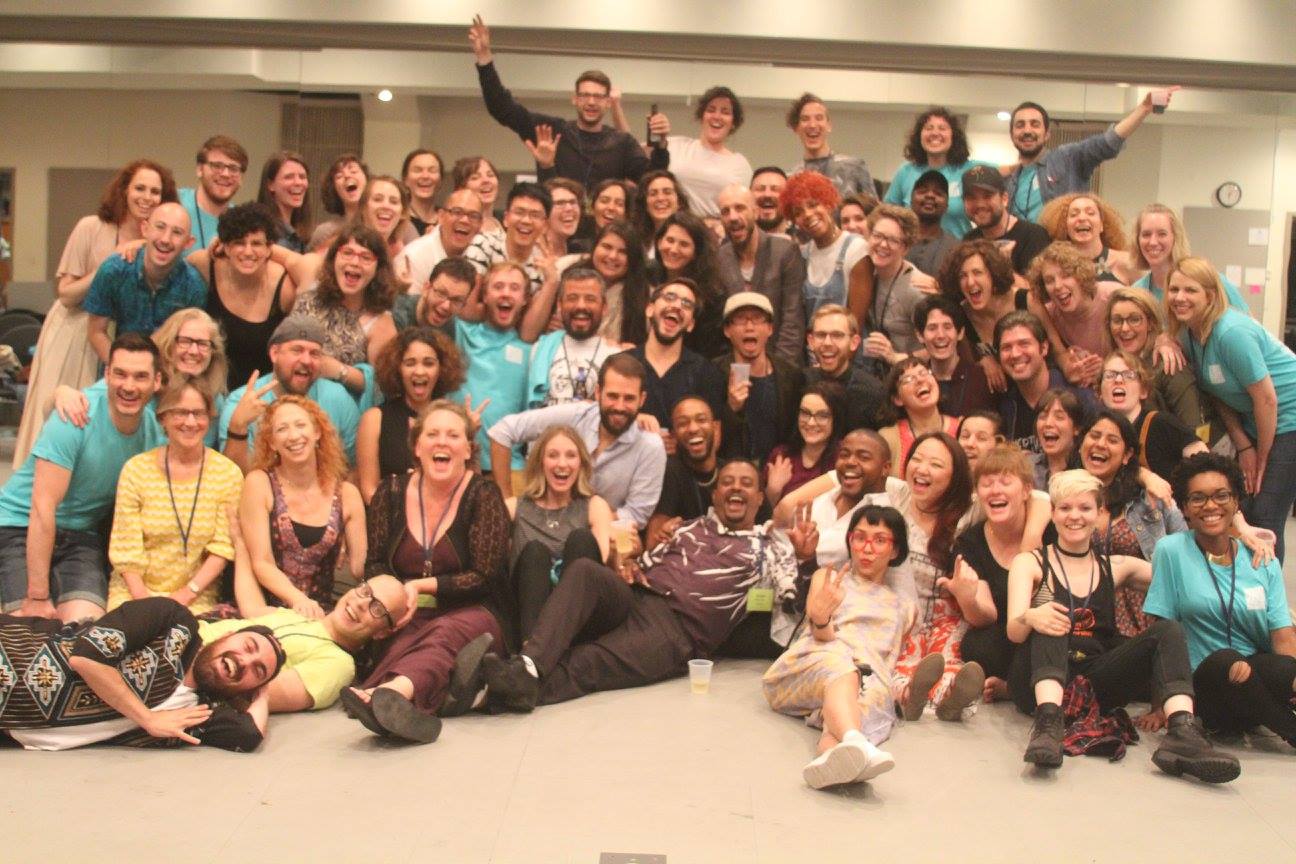
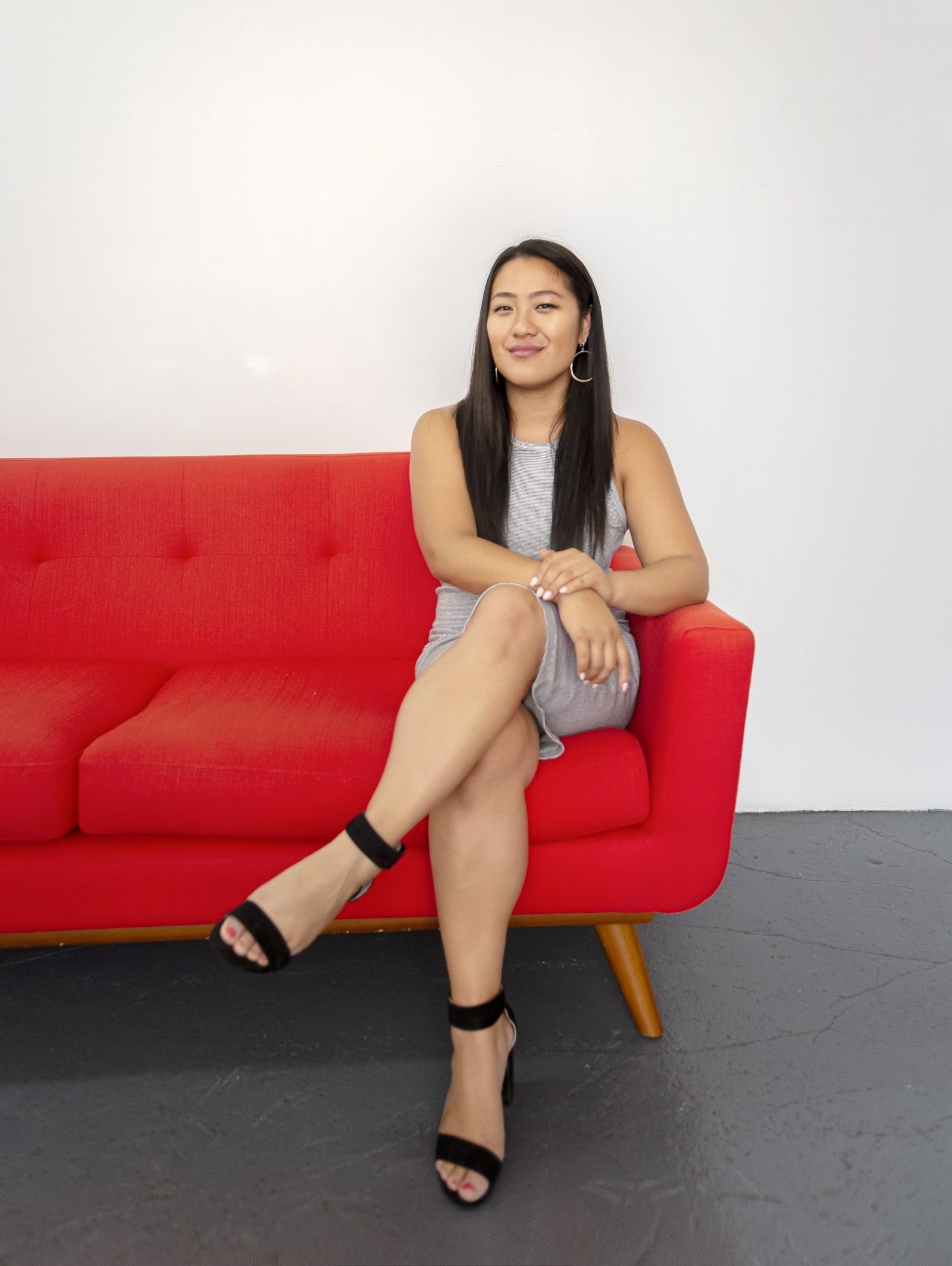
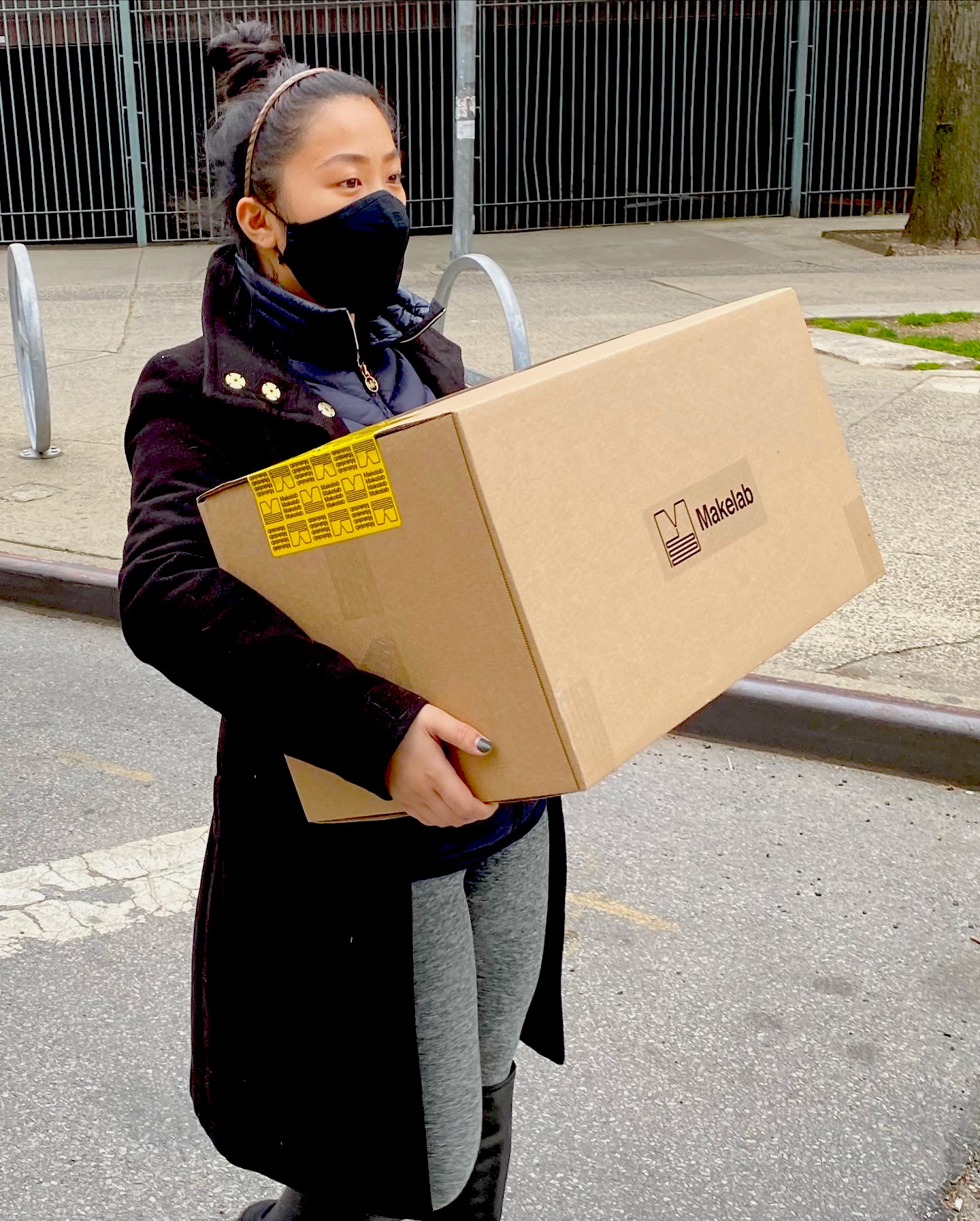
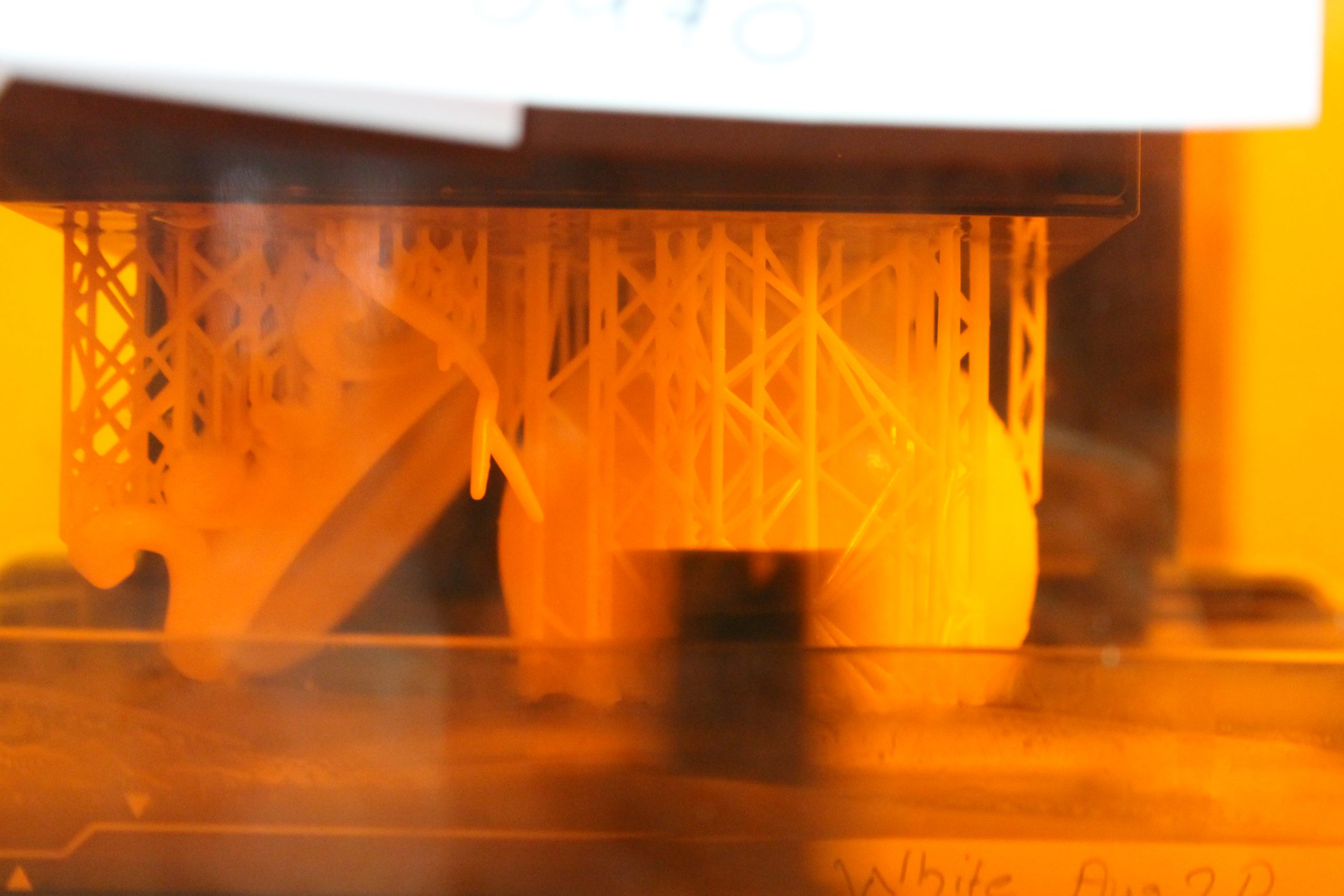
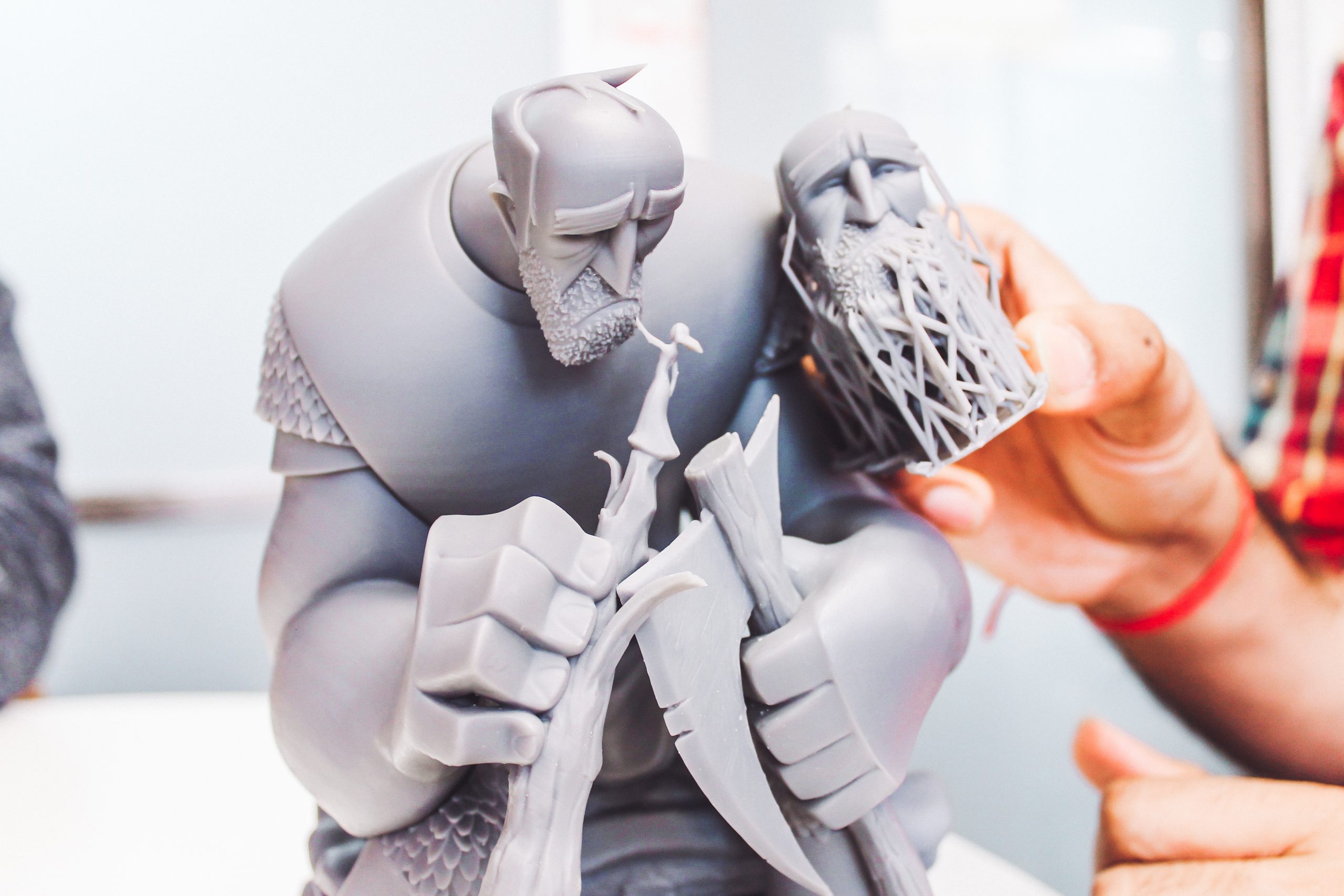
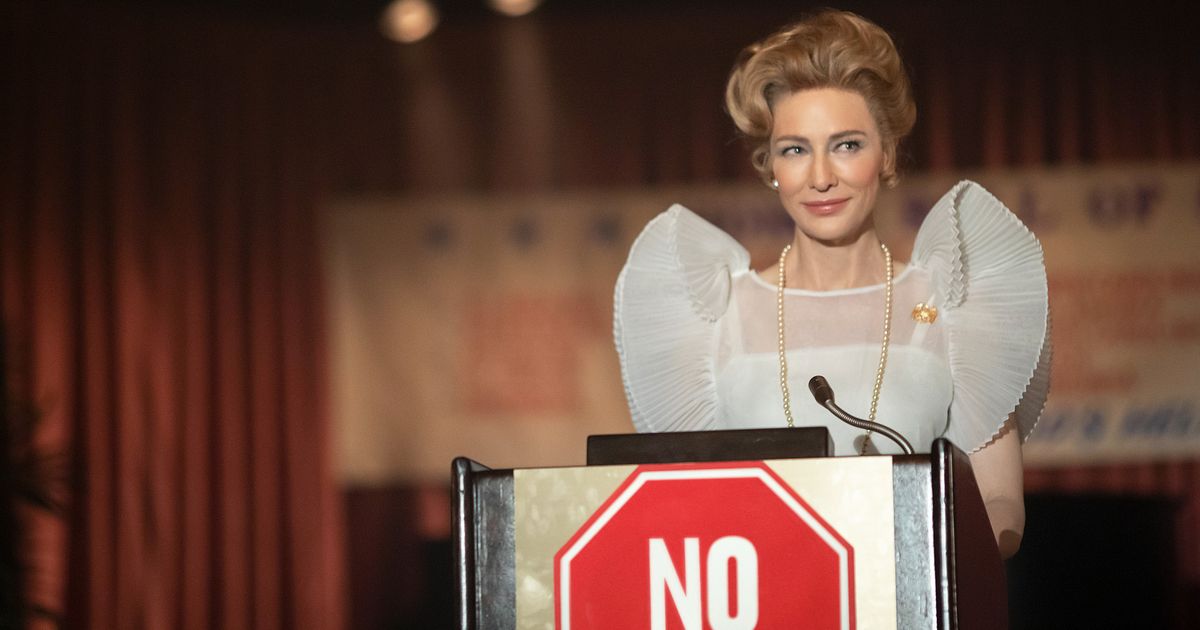
 James Marsden in Mrs. America (
James Marsden in Mrs. America (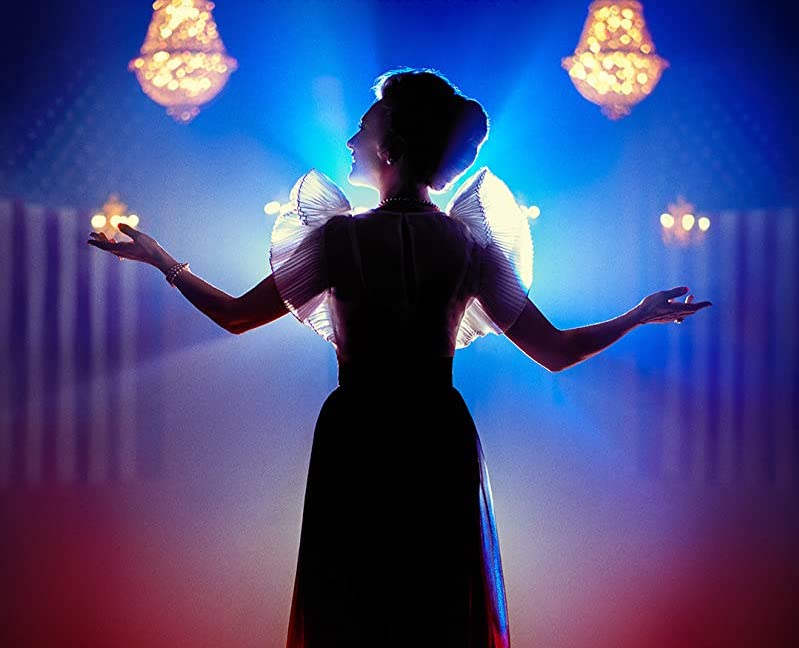
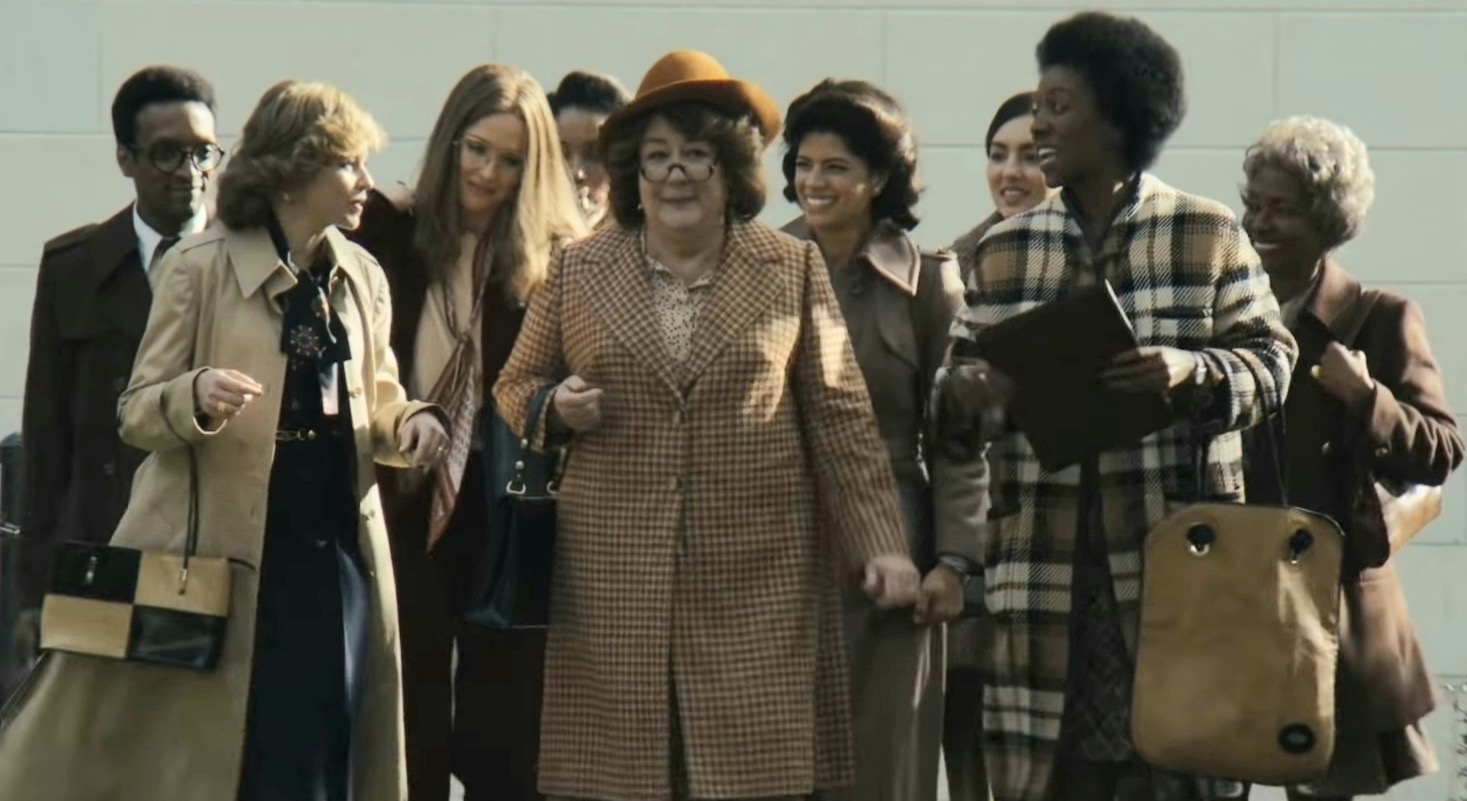
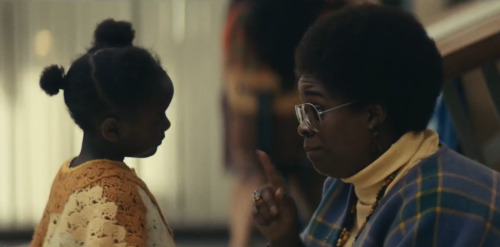
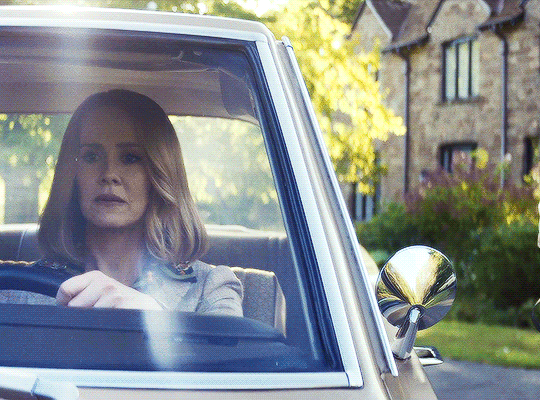

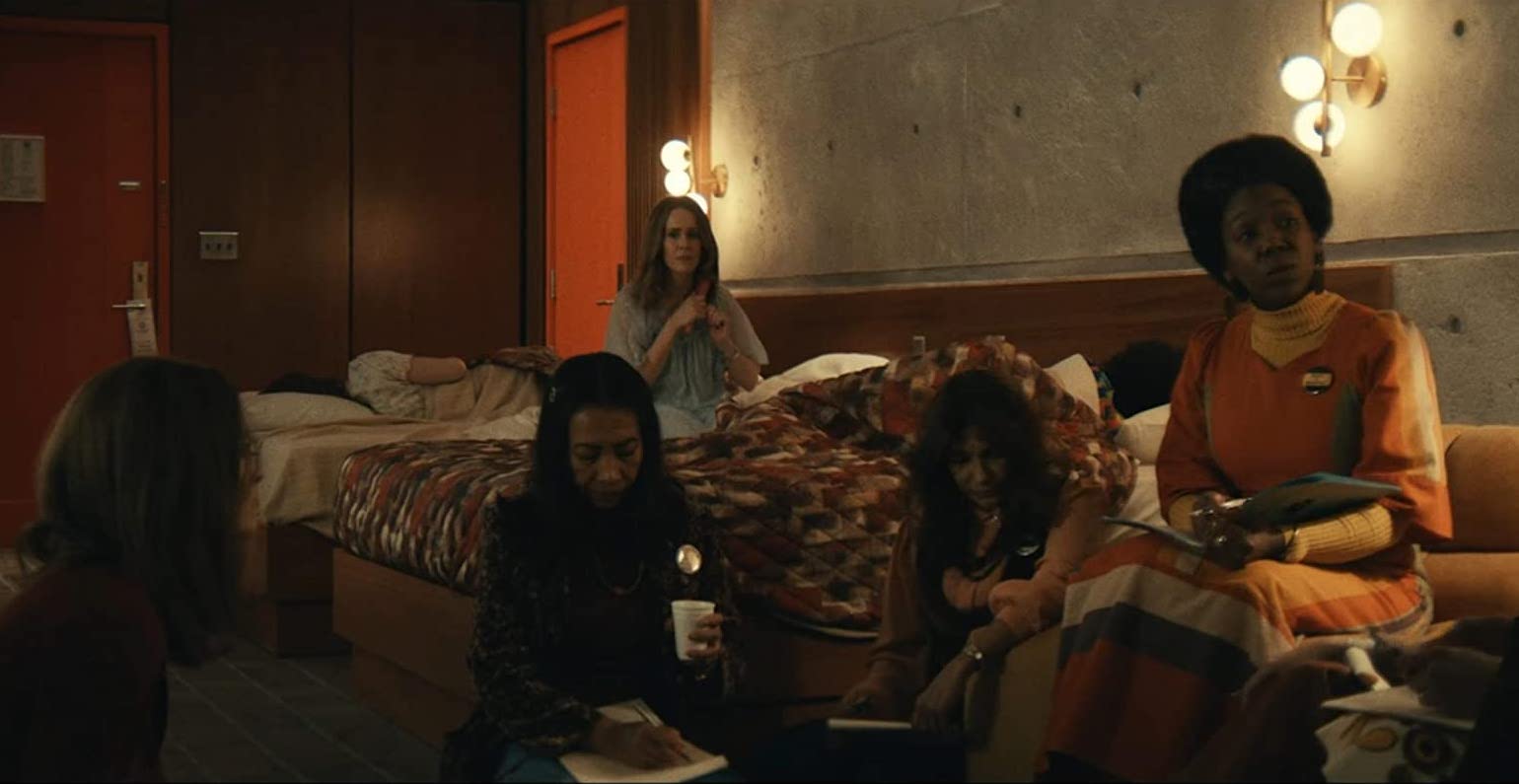

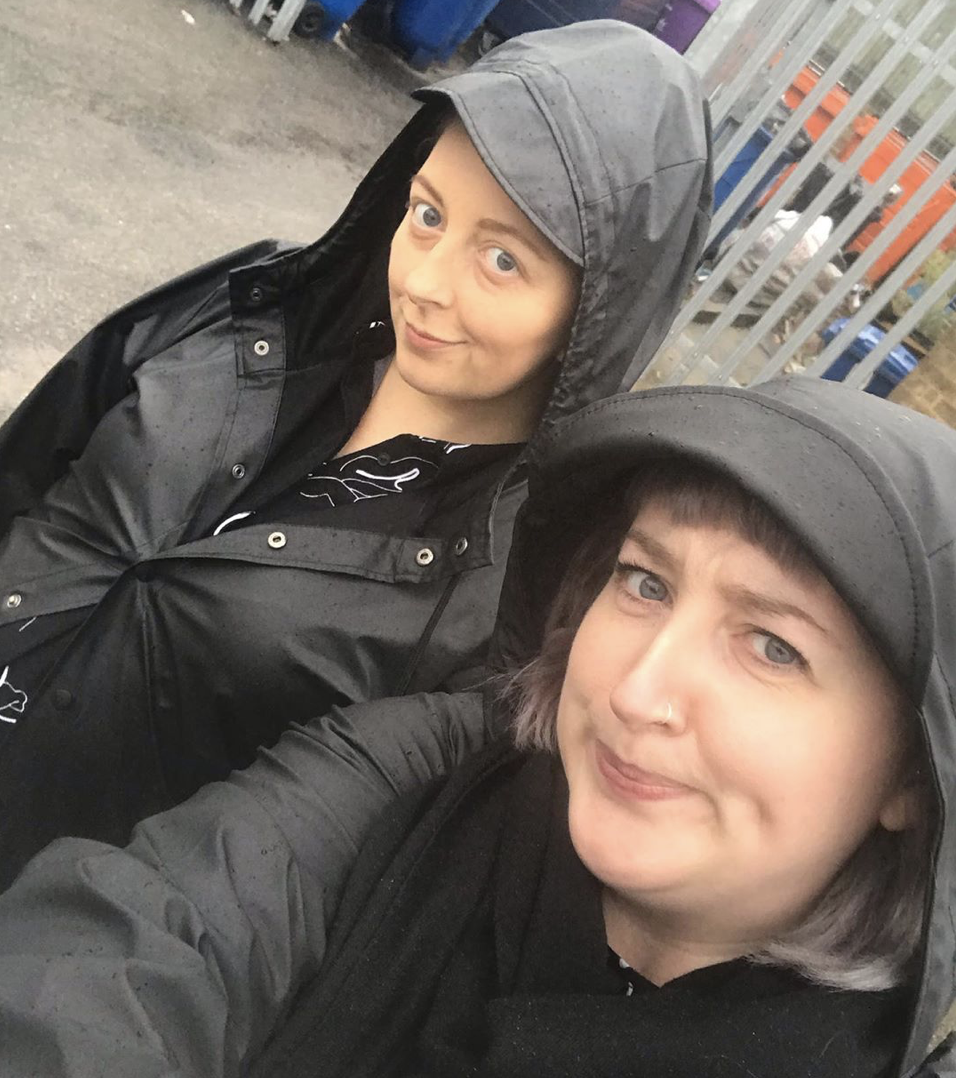
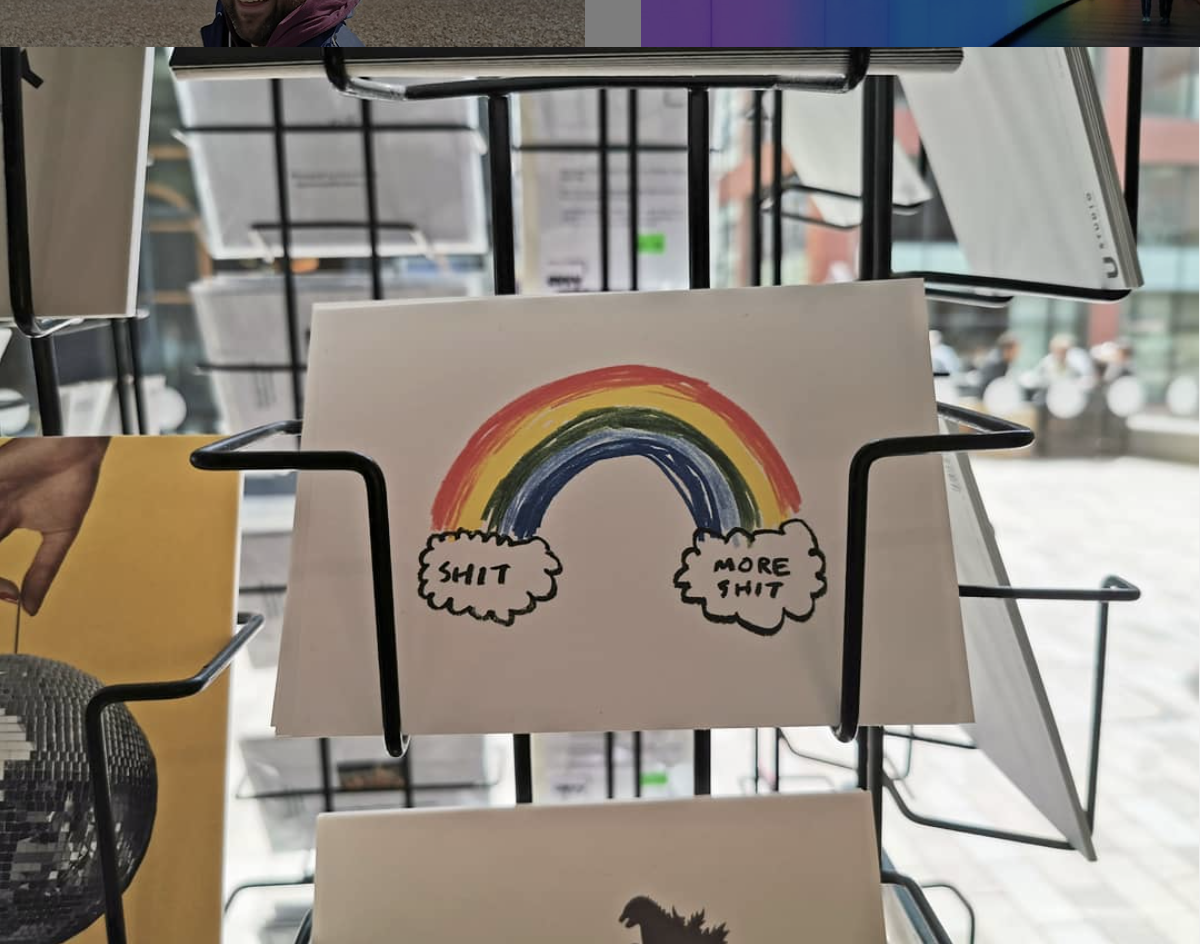
Recent Comments